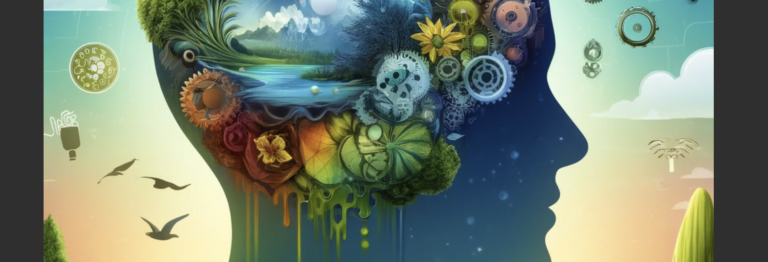From the Depths: Exploring the Legend of the Loch Ness Monster
For centuries, the legend of the Loch Ness Monster has captured the imagination of people around the world. Nestled in the Scottish Highlands, Loch Ness is a deep, murky lake shrouded in mystery and intrigue. Countless eyewitness accounts, blurry photographs, and grainy videos have fueled speculation about the existence of a large, unknown creature lurking in its depths. In this article, we will delve into the history, sightings, and scientific investigations surrounding the elusive Loch Ness Monster.
The Legend of Nessie
Known affectionately as “Nessie,” the Loch Ness Monster is said to resemble a long-necked, hump-backed creature with flippers. The first recorded sighting of Nessie dates back to the sixth century when Irish monk Saint Columba reportedly encountered a water beast in the River Ness. However, it wasn’t until the 1930s that Nessie gained widespread fame after a series of alleged sightings and photographs captured the public’s attention.
Sightings and Evidence
Over the years, there have been numerous reported sightings of the Loch Ness Monster, with witnesses describing a variety of shapes and sizes. In 1934, the famous “Surgeon’s Photograph” purportedly showed the head and neck of a plesiosaur-like creature emerging from the water. While skeptics have dismissed many of these sightings as hoaxes or misidentifications, some researchers believe there may be a biological basis for the legend.
- In 2019, a team of scientists conducted a DNA survey of Loch Ness to search for evidence of large, unknown creatures. While the results were inconclusive, they did find a surprisingly high amount of eel DNA, leading to speculation that eels could be behind some Nessie sightings.
- Underwater drone technology has also been used to explore the depths of Loch Ness, revealing hidden caves and crevices that could potentially harbor a large creature.
Theories and Explanations
Various theories have been proposed to explain the Loch Ness Monster phenomenon, ranging from the mundane to the fantastical. Some believe that Nessie could be a surviving population of prehistoric marine reptiles, while others suggest it may be a giant eel or sturgeon. Psychological factors such as pareidolia, the tendency to see patterns in random stimuli, may also play a role in shaping people’s perceptions of Nessie.
Conclusion
While the existence of the Loch Ness Monster remains unproven, the legend continues to captivate and intrigue both believers and skeptics alike. Whether Nessie is a flesh-and-blood creature or a product of folklore and imagination, the mystery of the monster will likely endure for generations to come. As technology advances and scientific investigations continue, perhaps one day we will uncover the truth lurking in the depths of Loch Ness.




























+ There are no comments
Add yours